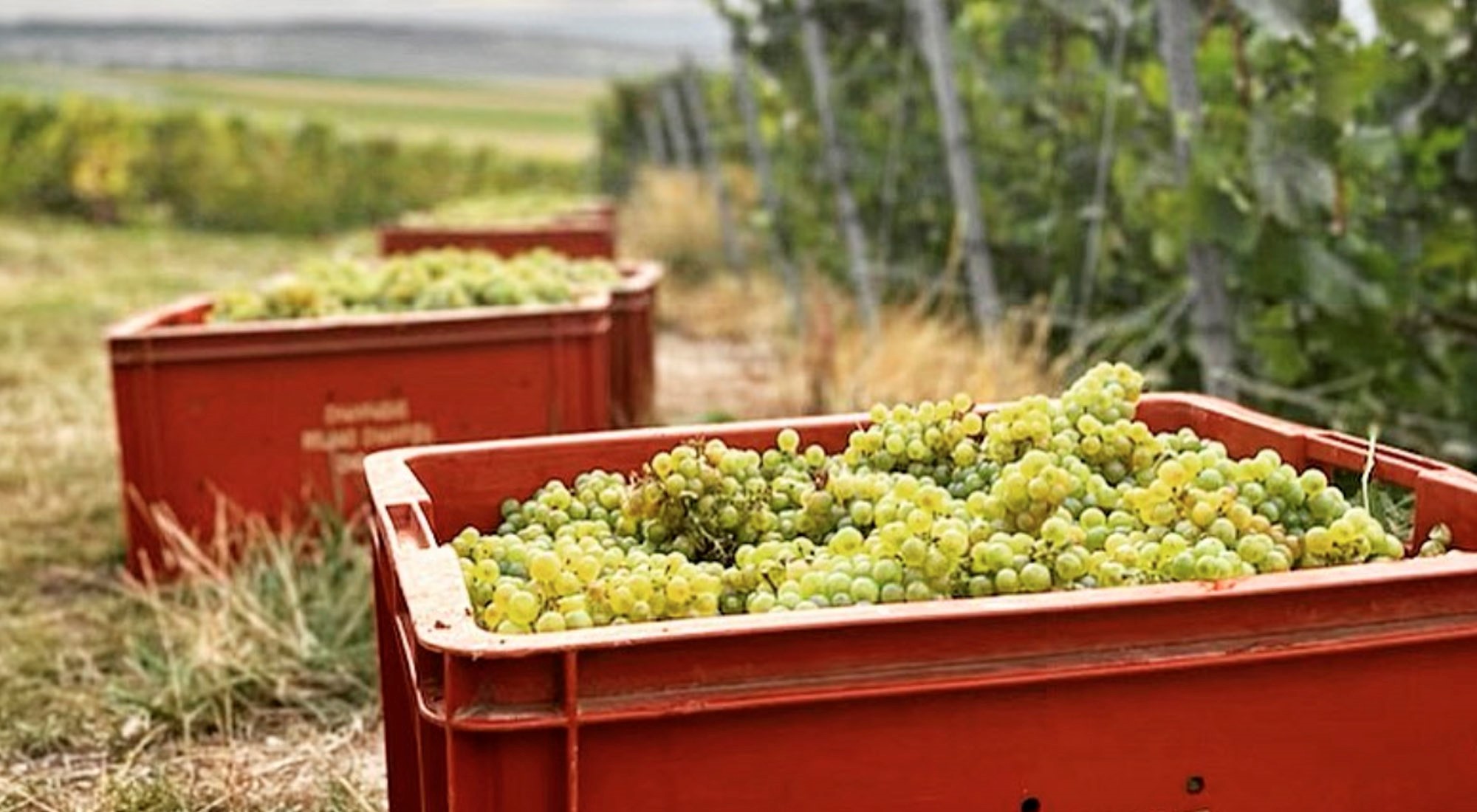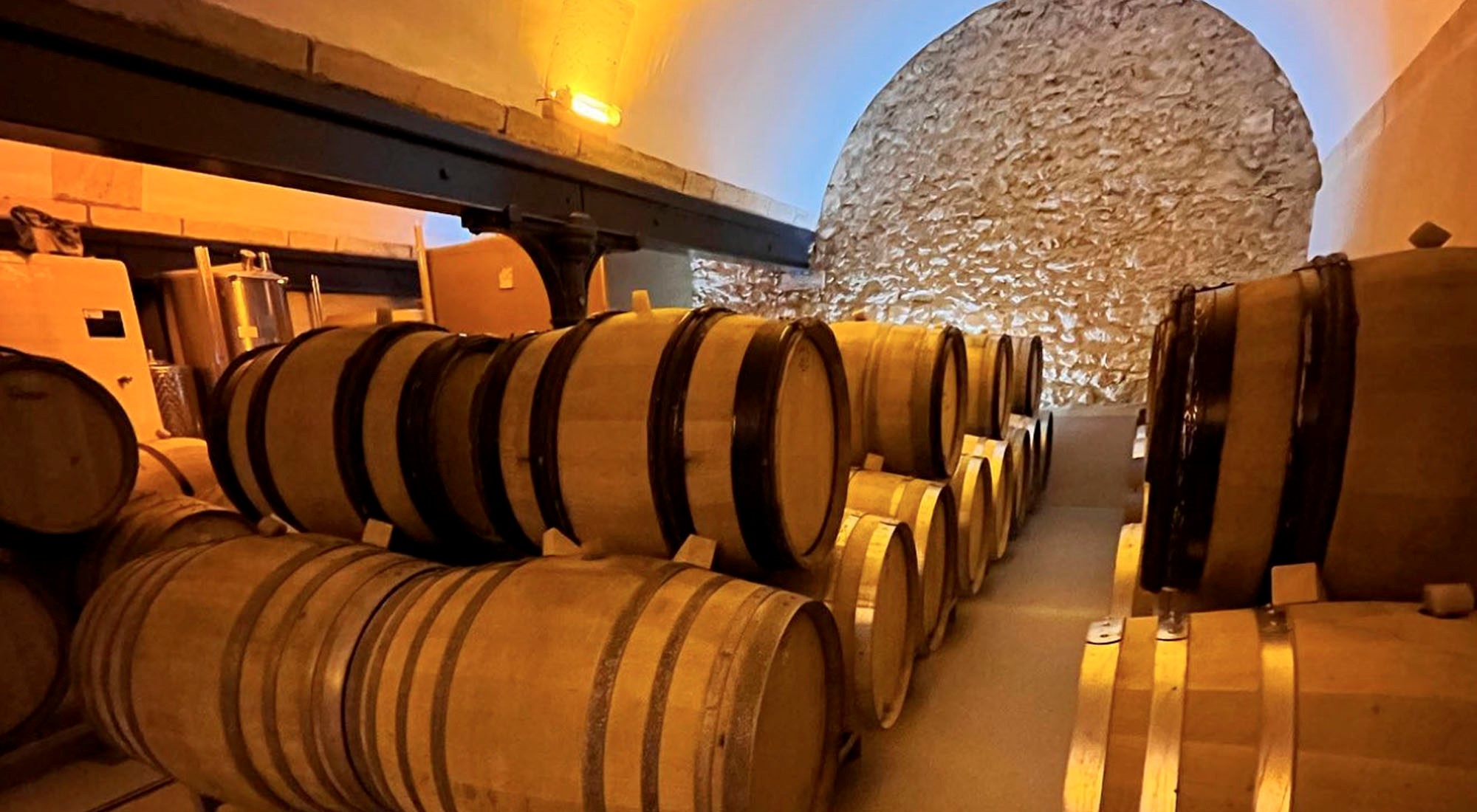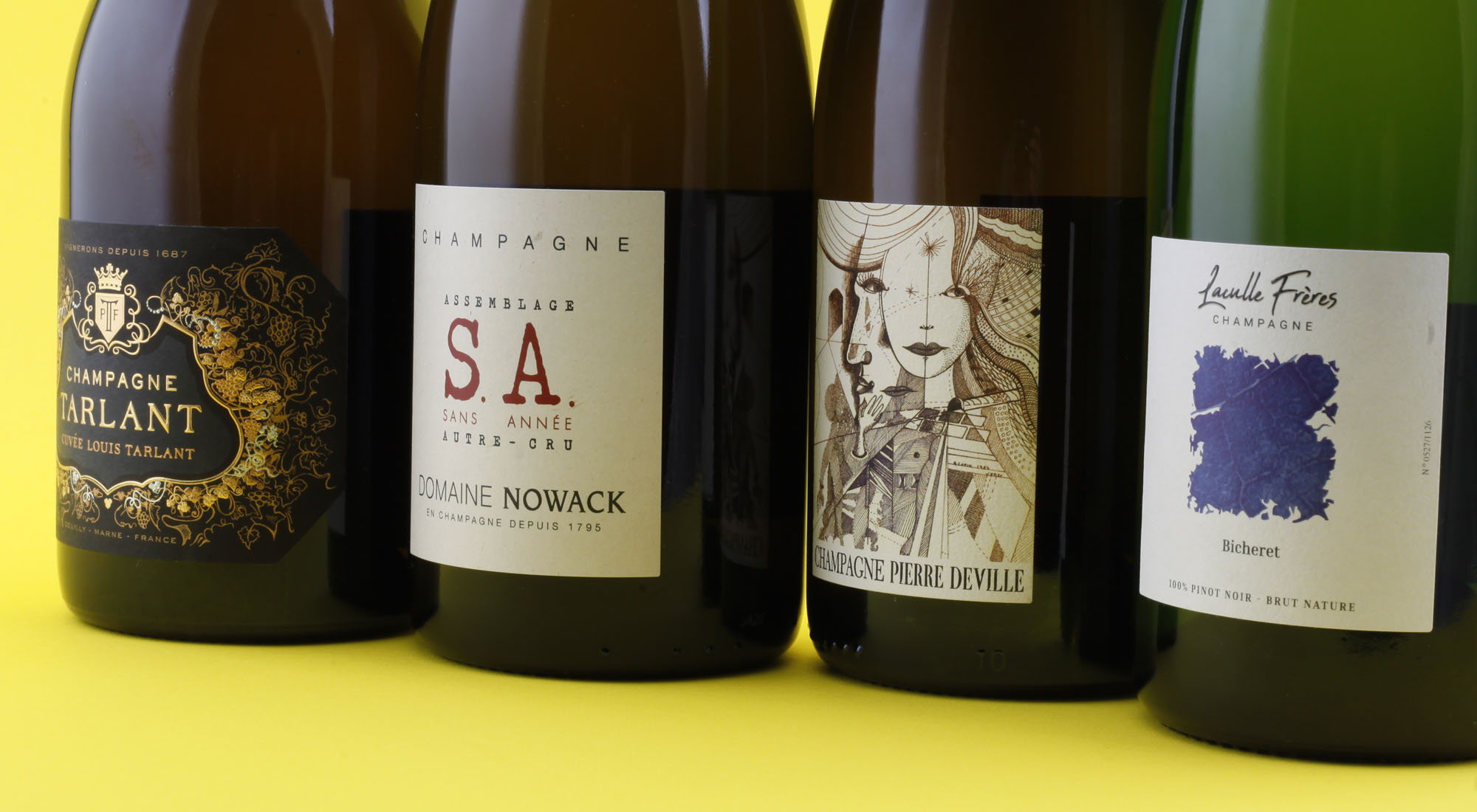Culture Featured item Highlights
The Champagne elaboration process is subject to precise rules defined by the AOC (Appellation d'Origine Contrôlée) denomination decree recognized in 1936 and protected by the C.I.V.C. (Comité Interprofessionnel du Vin de Champagne) with the aim of defending the unique and inimitable character of the Champagne product, a French heritage, worldwide. The C.I.V.C., which guarantees the protection of the denomination at different levels, also ensures that the producers comply the principles defined by the specification for the elaboration of Champagne, so that it respects the requirements of excellence.
In this article we reveal step by step the secrets of making Champagne, a taste for those who still know little about it and a brief memo for those who already know.

- Pressing
As already seen in the previous articles, the start of the harvest is set each year by the C.I.V.C. which establishes the starting date of the harvest, by municipality, by single cru and by grape variety. Even the quantities collected are regulated: it is the same C.I.V.C. together with the I.N.A.O. (Institut National de l'Origine et de la qualité) to fix the authorized yield each year. The grapes selected and manually harvested (triage) are quickly taken to the pressing center where, for separate crus, they are subjected to a soft pressing. The product of the first pressing is called "cuvée", the "taille" are instead produced by subsequent pressings.
- Fermentation
With decantation, the skins, seeds and other fragments are separated from the musts which, after this initial clarification, are sent to the vat cellar for the subsequent vinification phases. Vinification is done separately by cru, by type of must (taille or cuvée), by type of grape and by vintage. The alcoholic fermentation (the first fermentation), takes place with a controlled temperature in steel or wooden barrels, the action of the yeasts transforms the sugars into alcohol and the wine reaches an alcohol content of around 11%. The producer can also choose to subject the wine to malolactic fermentation (through the action of bacteria, malic acid is transformed into lactic acid) which reduces the level of acidity, contributing to giving greater softness and the typical notes of butter.
- Blending
The art of blending is the Chef de cave's ability to mix the still wines of the vintage with the reserve wines, to create perfectly balanced cuvées with their own identity, capable of representing the characteristics of the terroir and the style of the producer over time.
- Bottling
After the blending it’s time for bottling (tirage), which, as defined by regulations, cannot take place before the 1st January following the harvest. During this phase, the liqueur de tirage is added to the wine, i.e. a mixture of still wine, with selected yeasts and sugar which triggers the fermentation in the bottle (the second fermentation), or the prise de mousse.

- Aging on the yeasts
At this point the bottles begin the sur lies (on the yeasts) refinement phase in the cellar, a period of long maturation at a constant temperature of about 12° during which the wine will acquire aromas (the so-called tertiary aromas) and maturity. The refinement period foreseen by the disciplinary is at least 15 months for non-millésime, which extends to 3 years for the millésime, even if in general in Champagne the average is much longer.
- Dégorgement
During the aging period in the cellar, the remuage is performed, an operation which consists in rotating the bottles arranged in an oblique position with the neck facing downwards on the pupitres, in order to favor the collection of fermentation residues, which will be eliminated with the dégorgement. Once the refinement period is over, with the dégorgement (à la glace or à la volée) the exhausted yeasts of the refermentation are expelled, thus making the Champagne limpid and free from impurities.
- Dosage
During the dégorgement, a small quantity of wine also comes out of the bottle, which will be added during the dosage phase: the liqueur de dosage (or liqueur d'expédition) is a compound mainly made up of reserve wines and cane sugar, the addition of which determines the dosage and style of the wine.
- Capping
After the dosage, the wine is closed with a cork and the relative cage; then the bottle is subjected to poignettage and mirage: the bottle is shaken so that the liqueur de dosage mixes homogeneously with the base wine and is subsequently subjected to a visual check to verify the clarity of the content.
With the labelling, the Champagne is ready to be put on the market.
The largest online assortment of Champagne can only be found on GLUGULP!
Discover here the best of Champagne among a collection of more than 2300 labels.
And if you are looking for NEWS, click here to discover the most interesting ones available on our online shop.
Also, this week we recommend a selection of Champagne and Coteaux Champenois that you absolutely must try.

- Laculle Frères, Champagne Brut Nature Bicheret
- Pierre Deville, Champagne Extra Brut Les Copins 50/50
-Nowack, Champagne Extra Brut Assemblage S.A.
- Tarlant, Champagne Brut Nature Cuvée Louis

- Mathilde Savoye, Côteaux Champenois 100% Meunier
- Laculle Frères, Côteaux Champenois Pinot Noir Bicheret 2019
- Vincey, Côteaux Champenois Coteaux 2019
- Mouzon Leroux, Côteaux Champenois Blanc 2019
